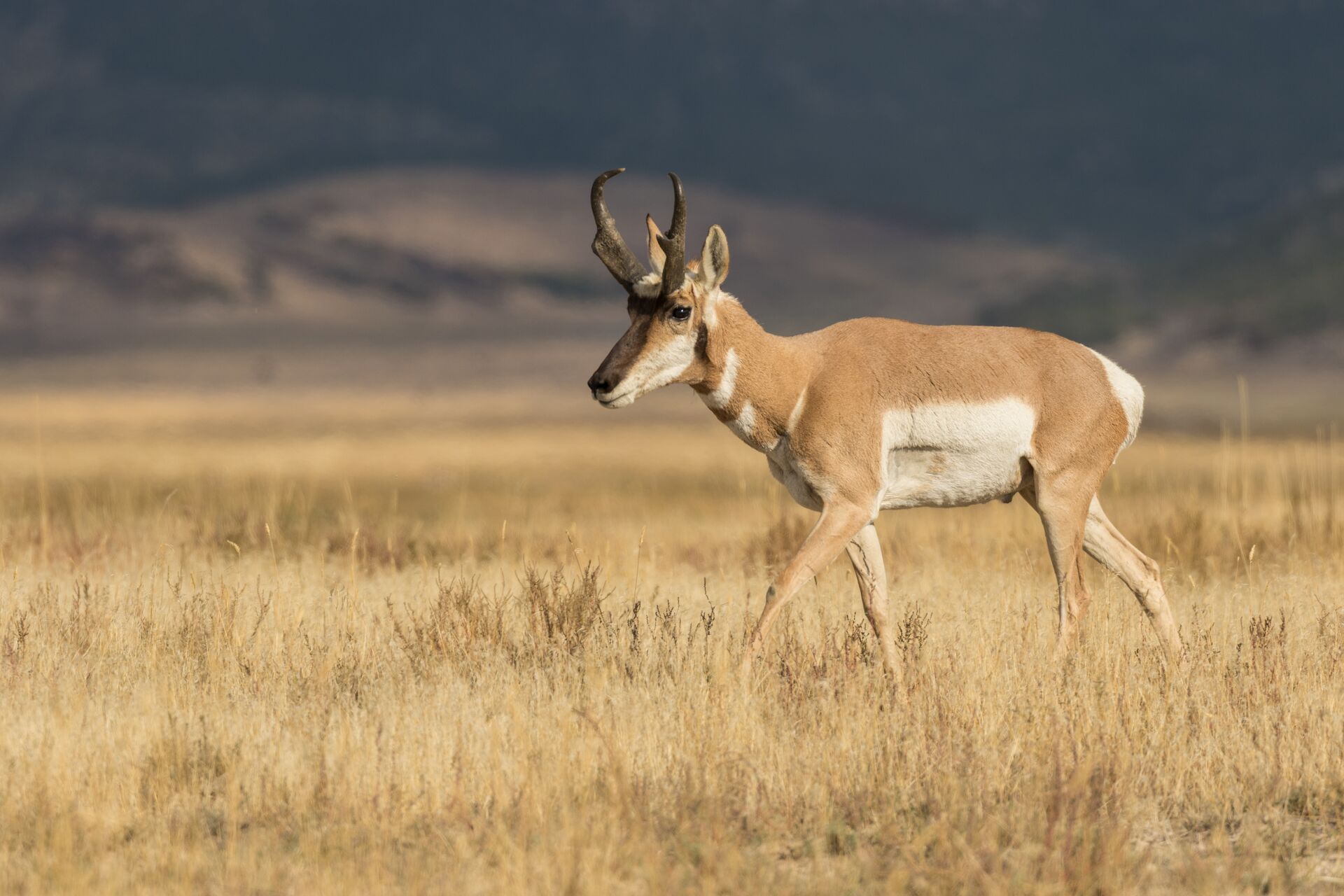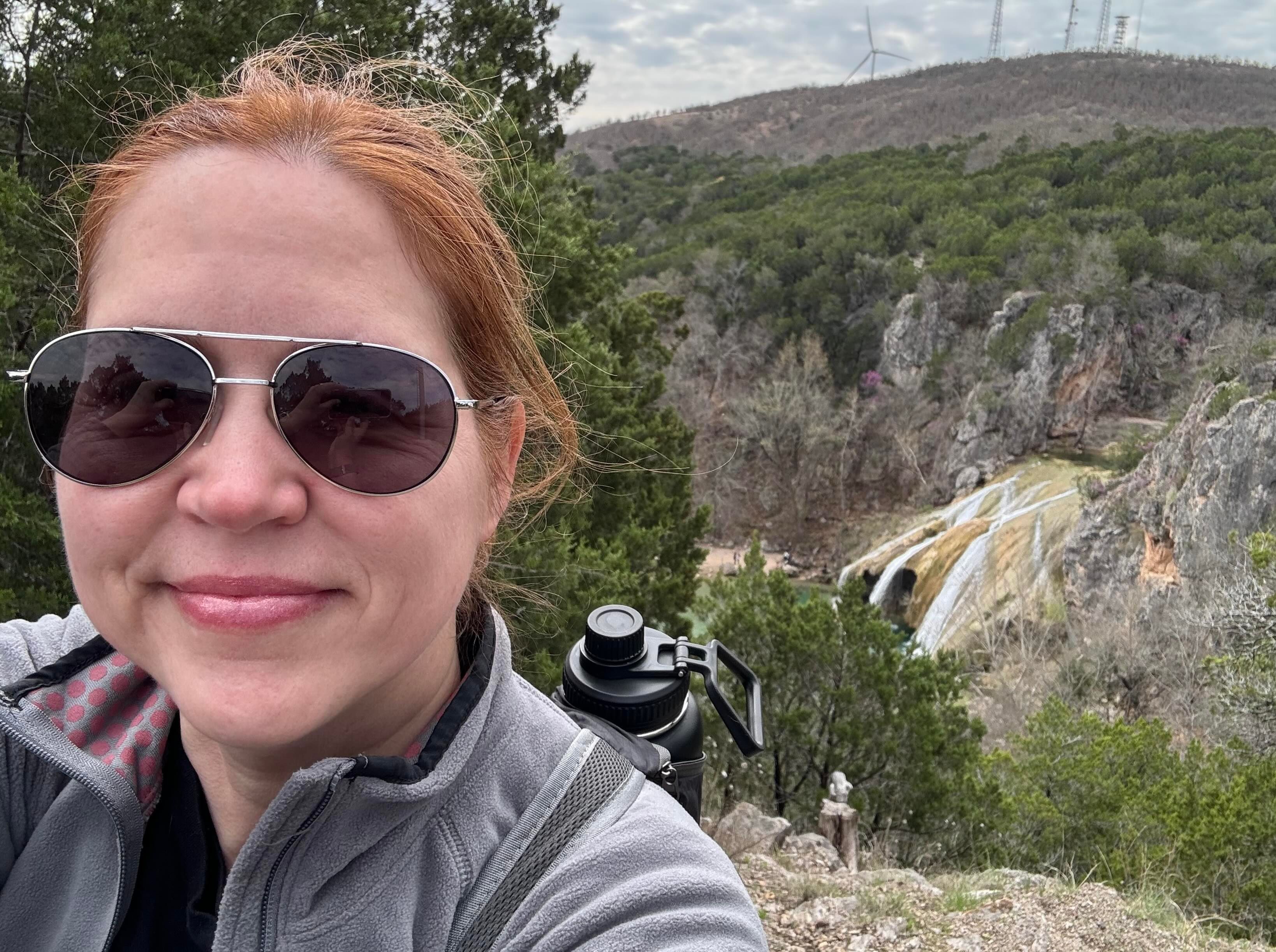For one, they're a native species highly adapted to the grasslands and shrublands, using their stunningly evolved vision and speed to their advantage. If you're lucky to score a tag on a public land hunt or opt to go through an outfitter, your shooting should be in tip-top shape, as long and flat shots are usually the only way to take one of these beasts.
But before you can take a shot, you need to know the terrain, where pronghorns hang out, and how best to glass them. We're here to help you scout your next pronghorn hunt and offer some critical strategies for when you get out there.
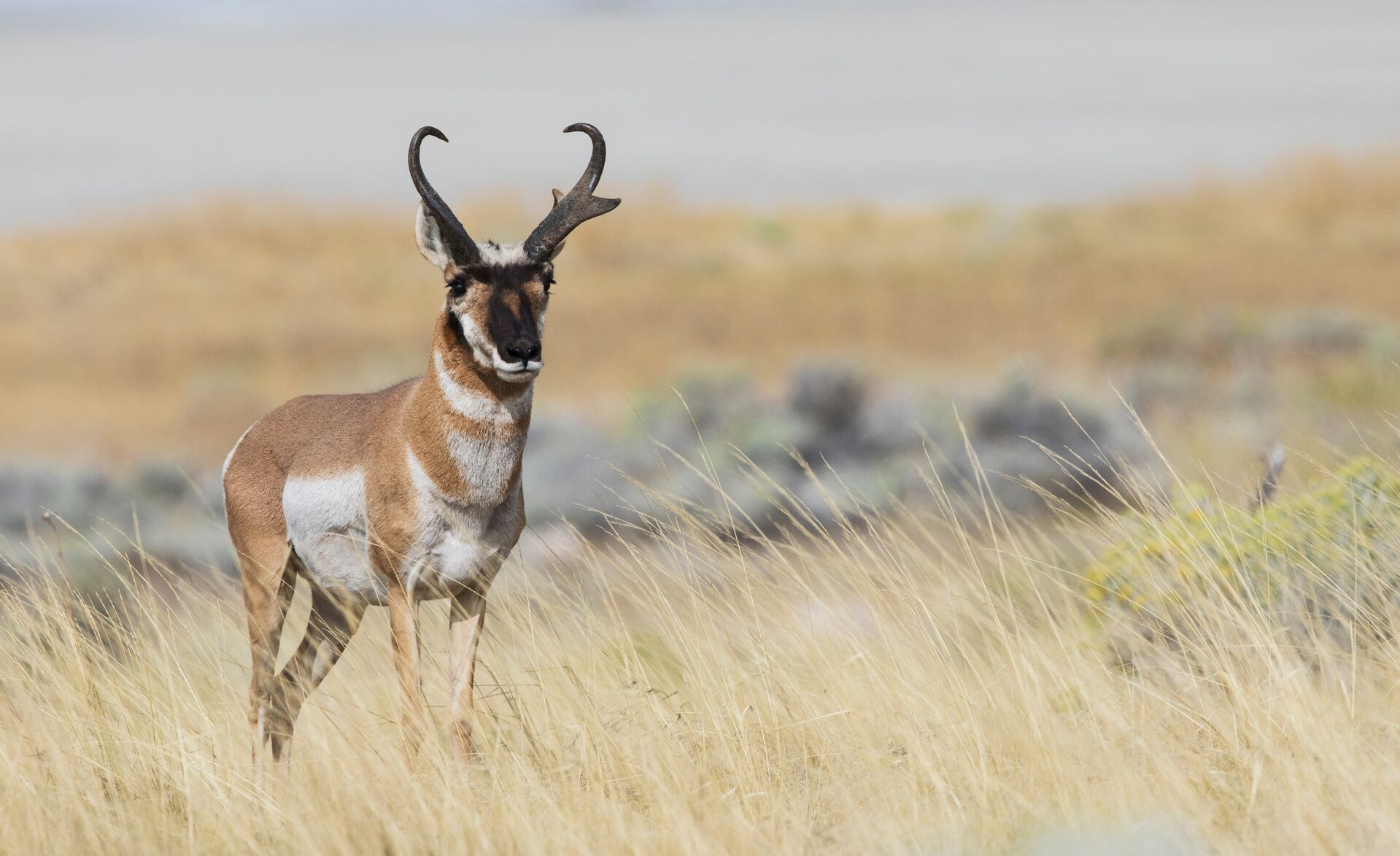
Why Hunt Pronghorn?
Any big game hunting brings with it a sense of excitement and appreciation for the target species. In the case of hunting pronghorn antelope, there's a lot to get excited about.
They're the fastest land animal in North America, but at the same time, pronghorns are also more visible than deer and elk, making scouting for them more manageable.
Travel and Adventure
For many hunters, it's an out-of-state hunt. The allure of a more hostile environment of the West presents the sort of nostalgia and appreciation for our hunting history that many seek to replicate.
Additionally, the season starts early, meaning you can fly in for a pronghorn hunt and sharpen up before heading home for the start of the whitetail season. Tags are relatively easy to come by (state-dependent), making it a great introductory big game hunt for new hunters.
And, of course, pronghorns provide a successful hunter with a stunning trophy. More importantly, the meat is delicious and considered by many to be one of the best and sweetest game meats you can get your hands on.
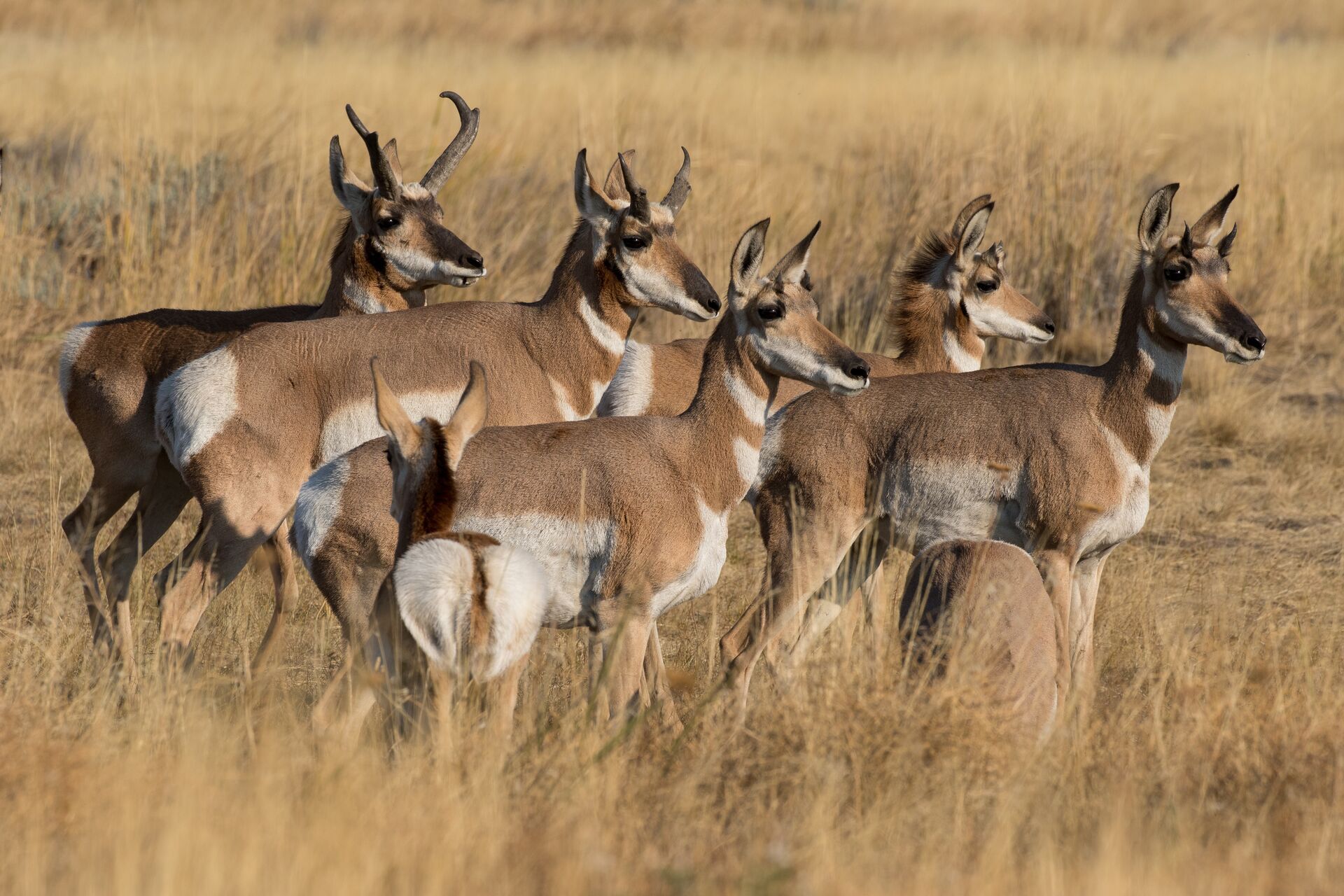
Timing is Key: When to Start Scouting
Pronghorn has the longest land migration zones in the United States, extending from southern Canada to northern Mexico, with many concentrated in the Great Plains states such as Colorado and Wyoming. Understanding this range of movement is essential to your scouting strategy. Between summer and winter, pronghorns migrate between feeding grounds to survive the brutal winter in these zones.
This means you should target your initial scouting in late spring to early summer, as pronghorns will herd up and begin to settle into their seasonal ranges. If it's possible, you should make several trips to your intended hunting unit.
However, if your pronghorn hunt takes you out of state, it may not be convenient to get outside and scout early. Whether you can put boots on the ground or not, start scouting by leveraging the maps and layers (including satellite views and LiDAR) through the HuntWise app.
You can also reference local wildlife reports to start pinpointing your intended hunting units or zones. Then, divide them up based on the highest probability, in-person scouting opportunities, and even past performance or harvest reports if this information is accessible.
Ramp Up in Summer
Late summer is a great time to ramp up the scouting, targeting bucks beginning to stake out territories. During this time, you should look for any noticeable behavioral changes. Bring your best optics, target water sources, and set up some trail cams for additional insights, especially if hunting alone.
A few weeks before the season is also an essential scouting time to confirm movement patterns and establish routines. Note where they congregate, such as property lines, travel routes, or access to water sources.
Note: Pronghorns rarely extend their range more than 2-4 miles from a water source. Use that information and your scouting insights to mark potential spots in the HuntWise app to set up for your hunt.
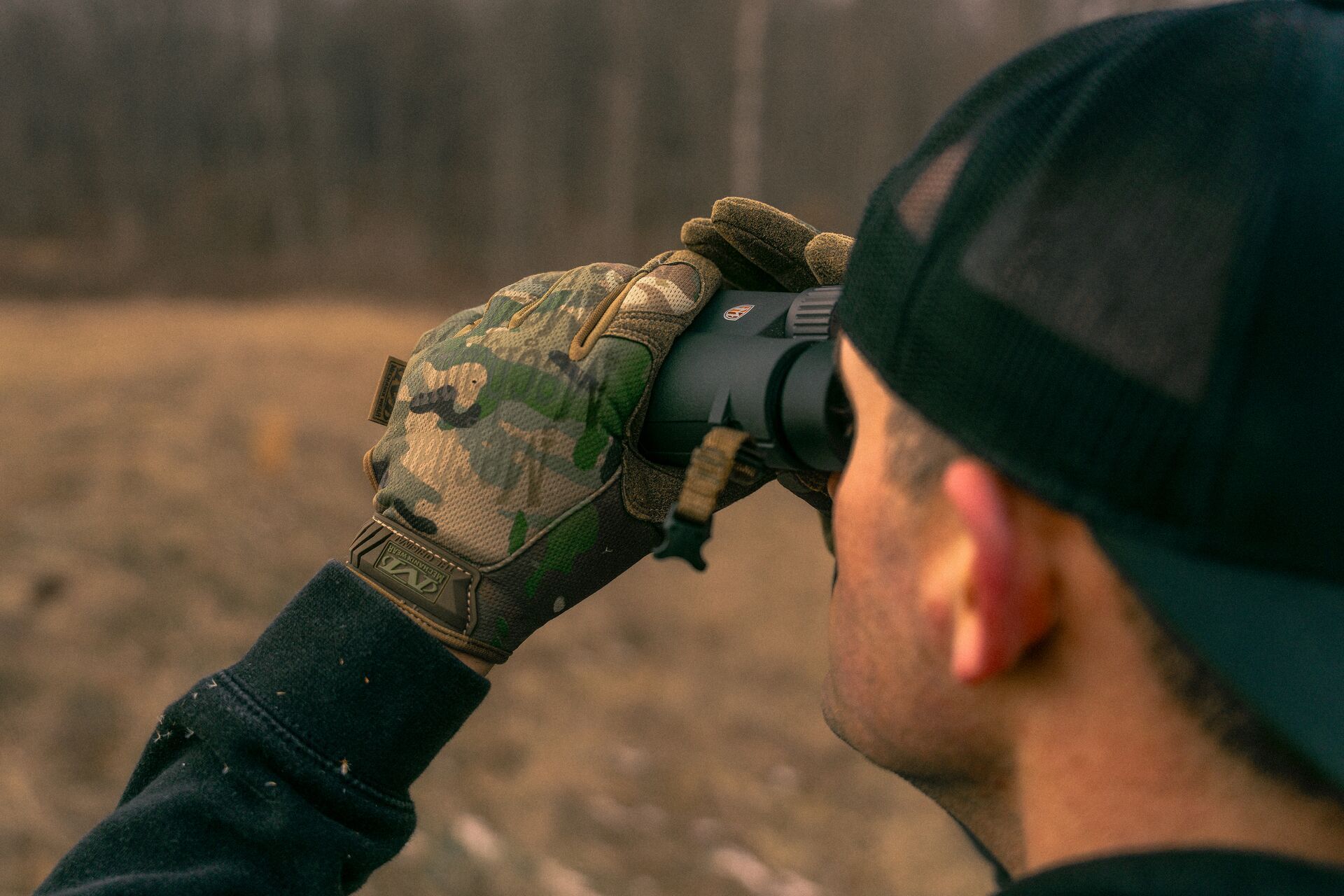
How to Scout for Pronghorn
Learning how to scout for pronghorn is a bit different than scouting whitetail, although it does share some similarities.
Pronghorn congregate in open country in plains, rolling terrain, and sagebrush flats. Their reddish-brown coloration provides the perfect camouflage against the terrain, which means you will need to spend some time behind the glass to pick them out of the terrain.
Set up close to a water source to hone in on your glassing sessions. Pronghorn are big drinkers and never stray too far from ponds, streams, or springs, especially during the intense heat of the peak rut.
Nutrition will also influence pronghorn movement; as browsers, they'll hang around forbs, sagebrush, and agricultural fields. During your scouting, pinpoint where they're actively grazing.
Then, jump on the HuntWise app to get some local landowner contact information. Speak to some of the landowners about the possibility of hunting their land if a herd of pronghorn gravitates towards their fields.
Look for Trails
Pronghorns often follow well-used trails. Look for tracks and paths connecting bedding, feeding, and watering zones. Set up trail cameras around fence lines, which are common crossing points for antelopes who want to slip from one pasture to another.
Use the Right Tools For Scouting
Now that you've marked a few high-potential zones and are ready to get out in the field, it's time to assemble a kit.
For pronghorn hunting, you'll need the same tools as any other big game hunt. Start with your long-distance tools, including high-quality spotting scopes and your favorite set of binoculars, for these far-off observations in the open country.
Keep your GPS and digital mapping apps (HuntWise) accessible and ready to mark pronghorn locations as you see them. These apps are also invaluable for locating access points, campgrounds, roads, and other essential entry points.
Stay Hidden
Spotting pronghorns is relatively easy compared to other big game species, but you don't want them to also spot you. At a distance, optics will help you track them without (hopefully) revealing your location to them, even with their sharp eyesight.
Coming into shooting range is where your stalking and bushcraft skills will be most tested. You'll likely be moving from a high vantage point, meaning you'll need to work on the terrain and geography. Use hills, buttes, natural depressions, or anything that will provide sufficient cover as you come into range.
Scout Early or Late
Dawn and dusk are the best times to catch pronghorn feeding and moving. You'll find that you can close in on those essential extra feet for a better view when the antelope is feeding.
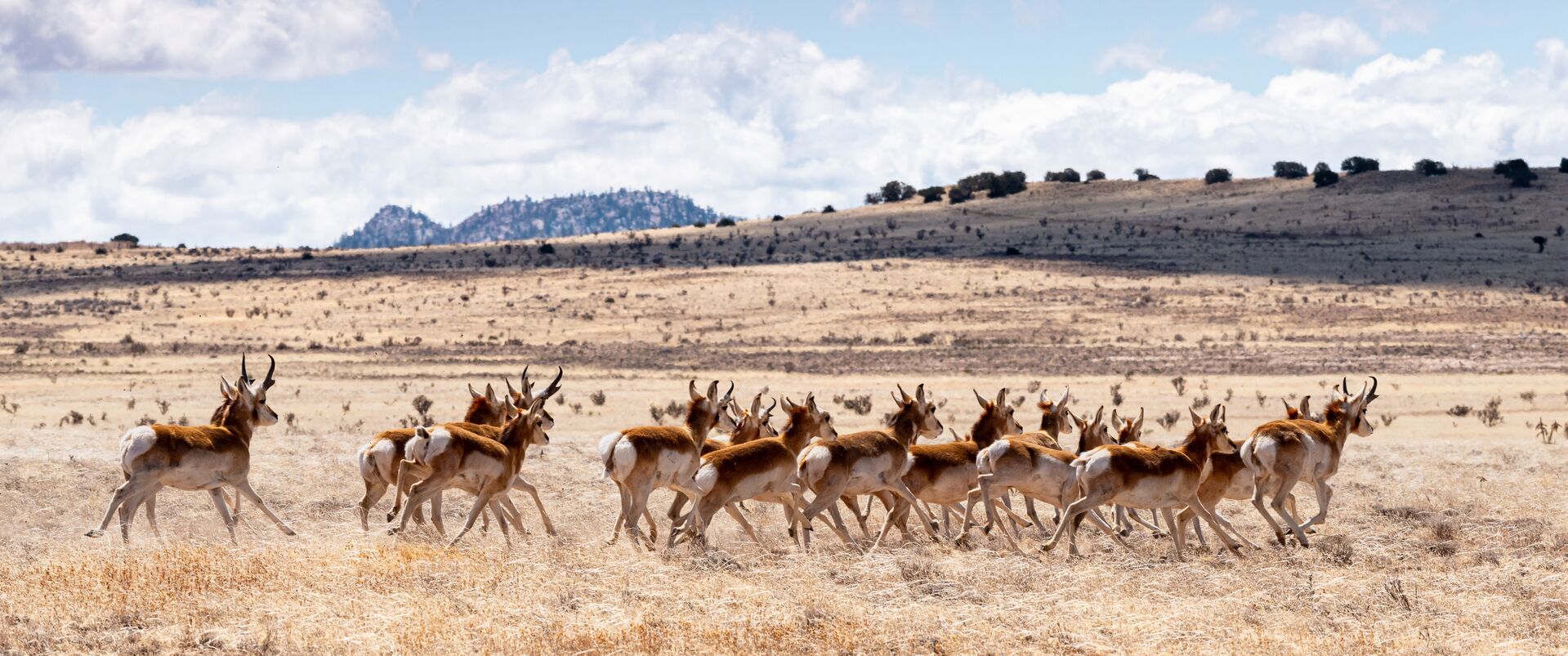
Take Note of Behavioral Patterns Pronghorn Scouting
Pronghorns are curious creatures, and documenting behavioral patterns will better help you place their movement.
Bucks will establish and defend territories with dominant movement displays as the rut begins. During this time, you may find them more curious and less wary than at other stages of the season.
Pronghorns are also highly sensitive to wind and scent. If the wind gains in intensity, you may find them increasingly wary and skittish. In this instance, it's best to lay low and potentially wait it out. Use WindCast to plan your scouting and hunting around the wind so the animals don't smell you coming.
Watch for the "Warning" Sign
Pronghorns have distinctive white hair across their rumps, which they flash to indicate potential danger or an incoming predator. It's worth noting the conditions in which they display this warning sign and watch for their common escape paths when overly threatened or alarmed.
Before your hunt, revisit scouted areas to confirm the presence of pronghorns and that they follow the same patterns you noted.
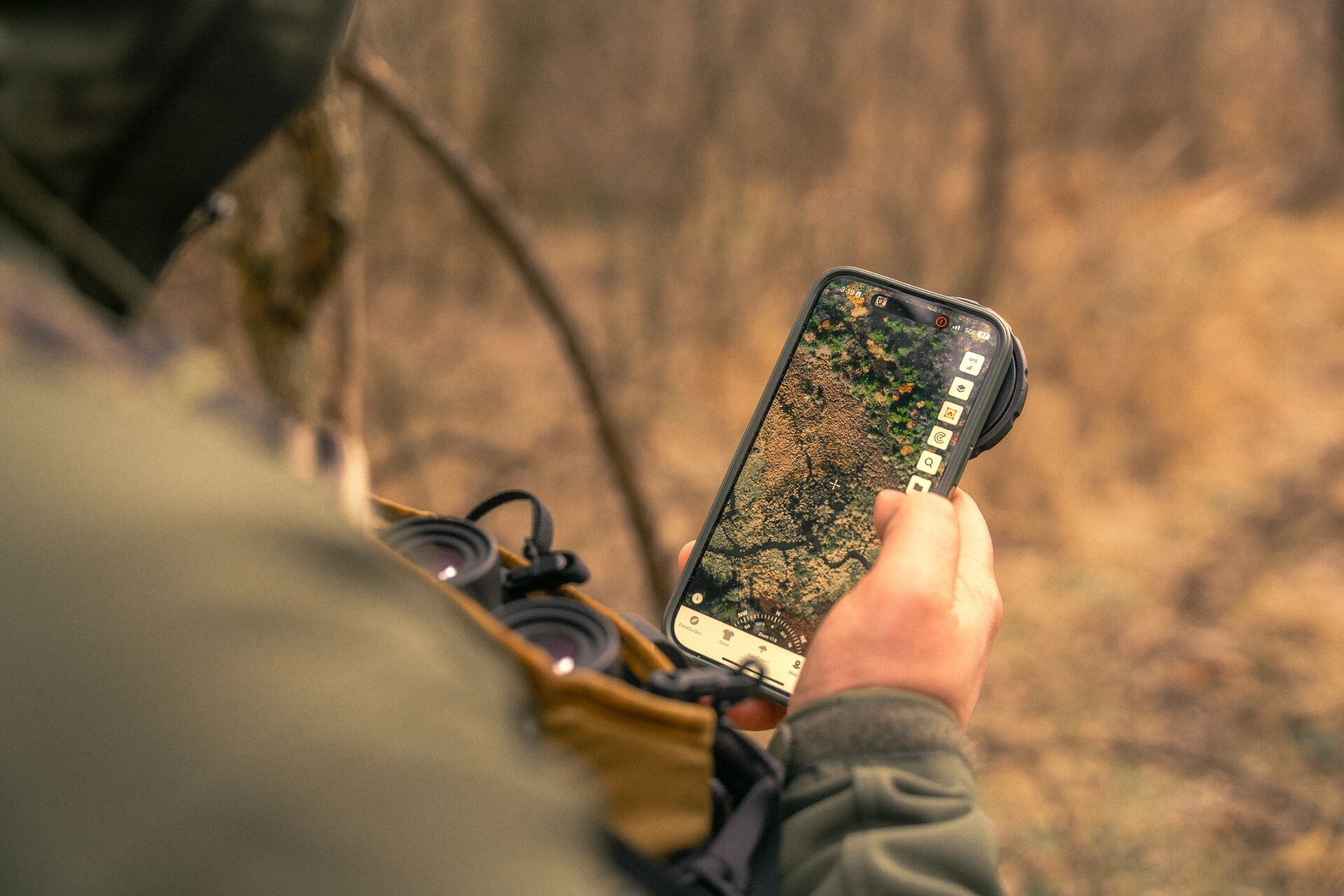
Prepare for Pronghorn Hunting Success With HuntWise
What we love about hunting big game like pronghorn is that you always get out what you put in. The more time spent scouting, diving through environmental department information, and checking your GPS and map app, the more it will help you make a stunning buck.
While we can't guarantee the prep for pronghorn hunting will lead to bringing home a trophy, we hope these scouting tips and the insights in the HuntWise app help you have a memorable and worthwhile hunt no matter what.
Download the HuntWise app to start scouting and planning a pronghorn adventure.
We'll give you your first week free in the app!
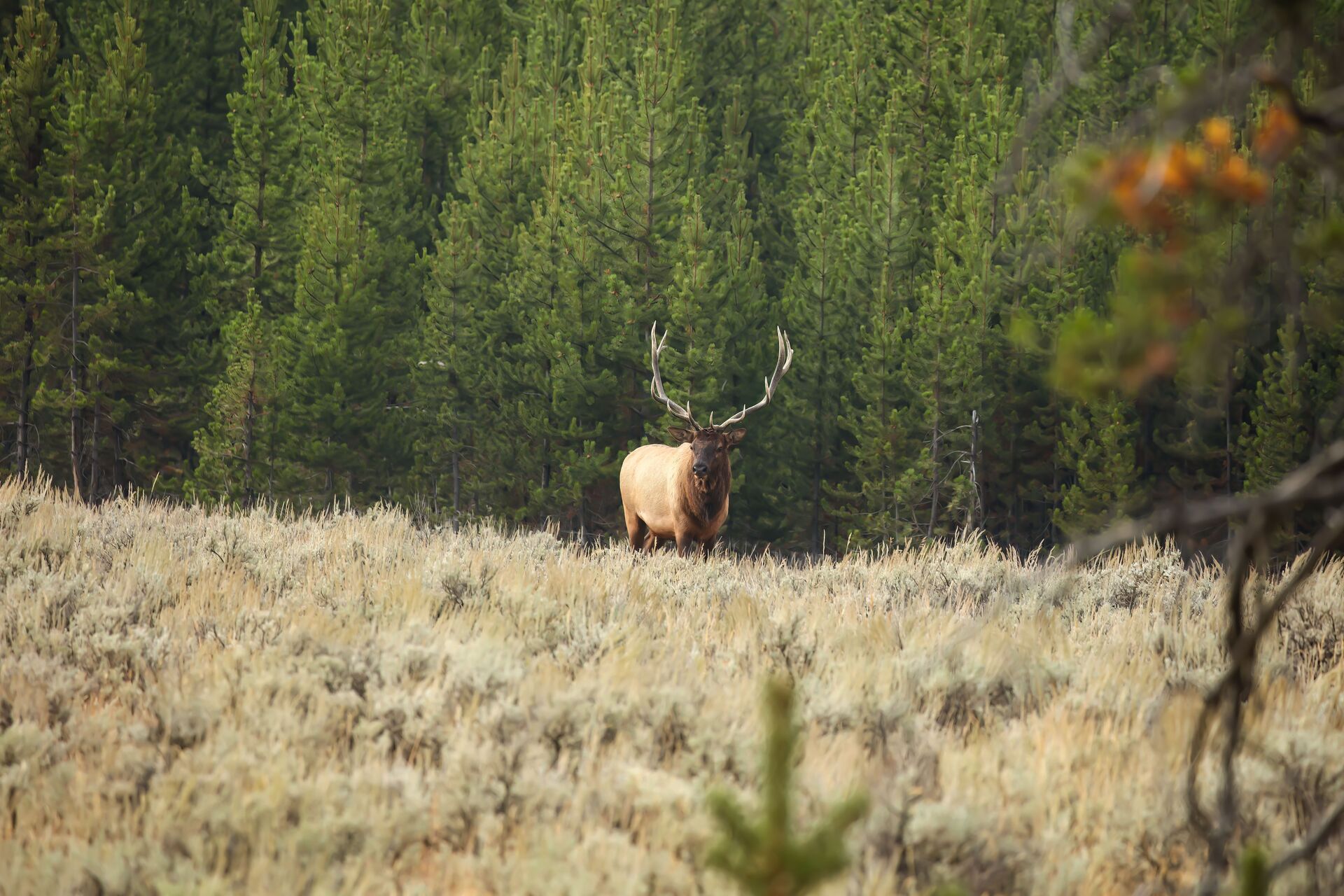
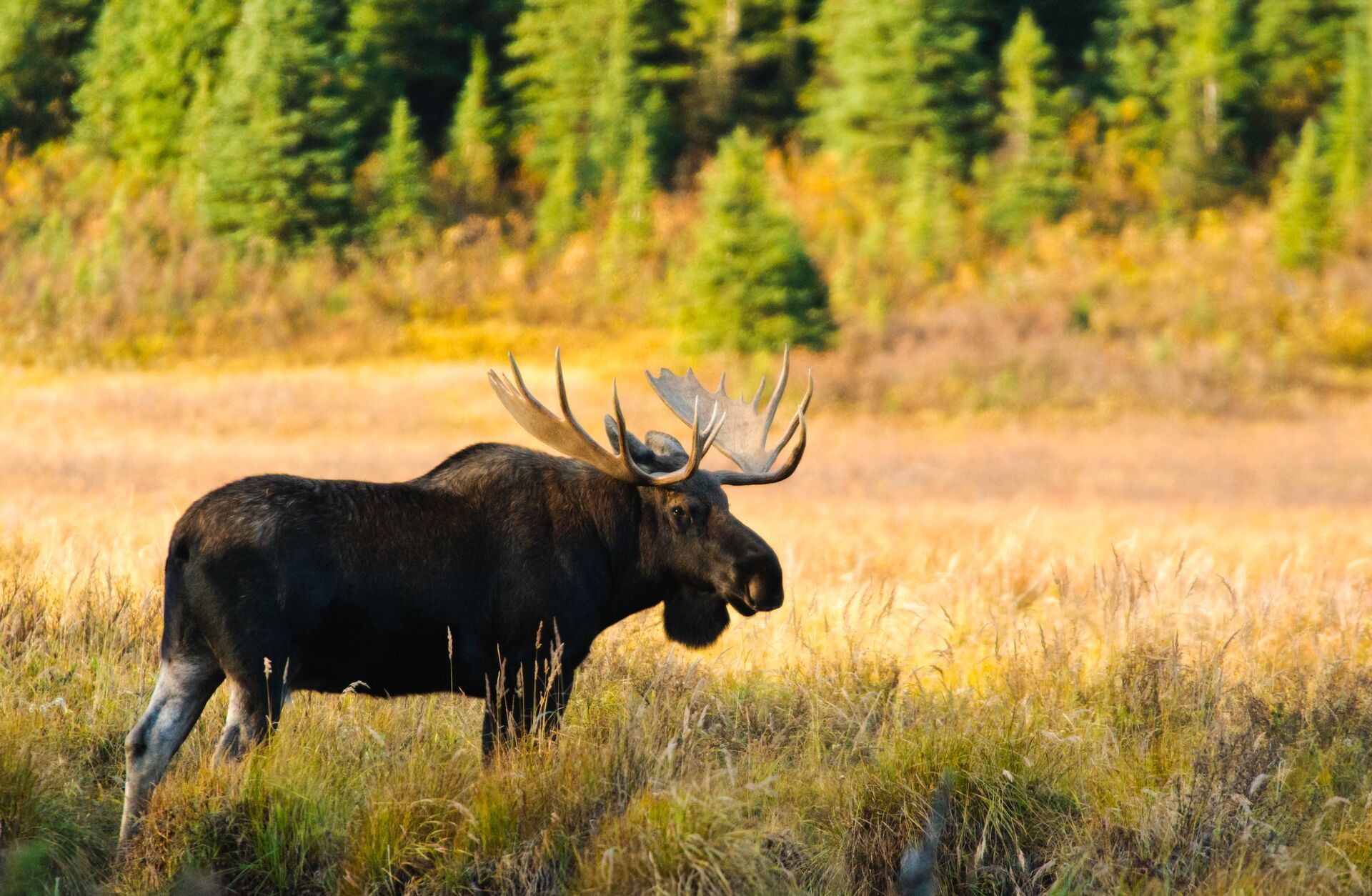
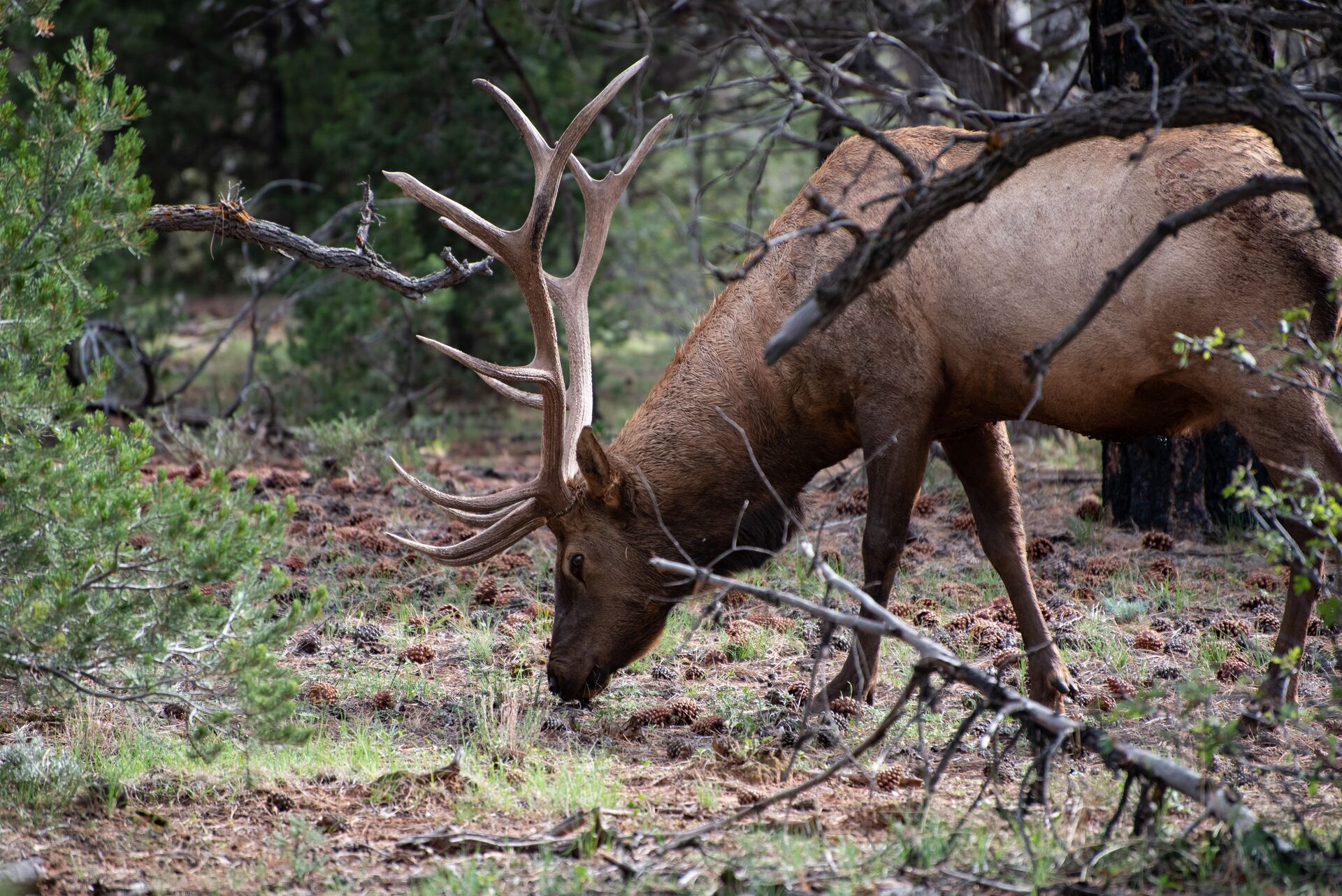
 Big Game
Big Game Big Game
Big Game Big Game
Big Game